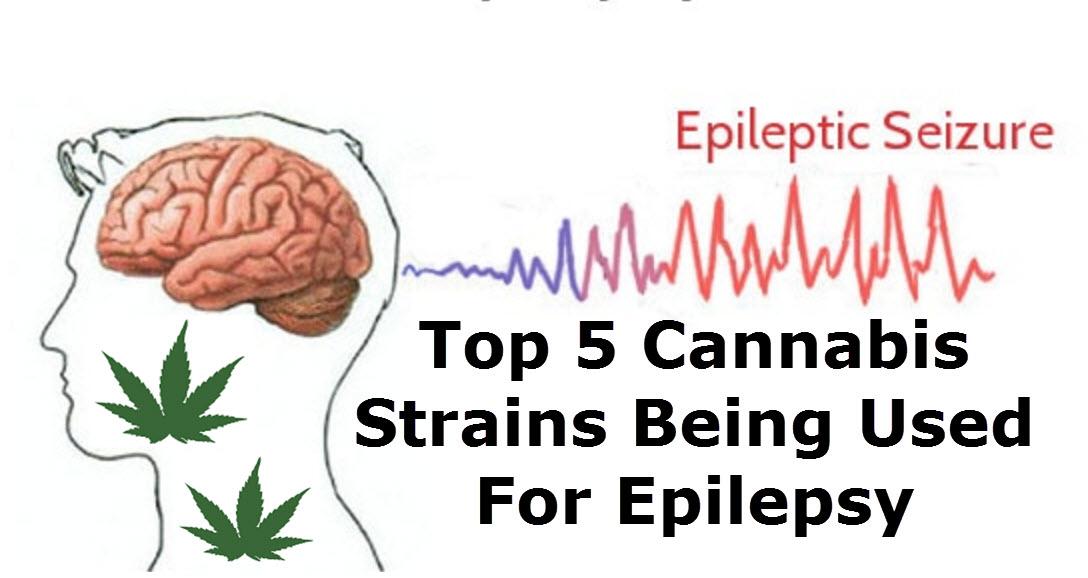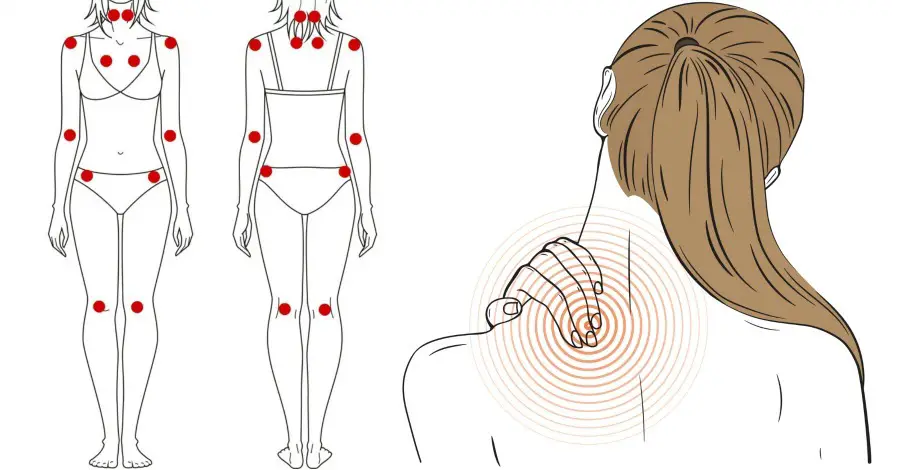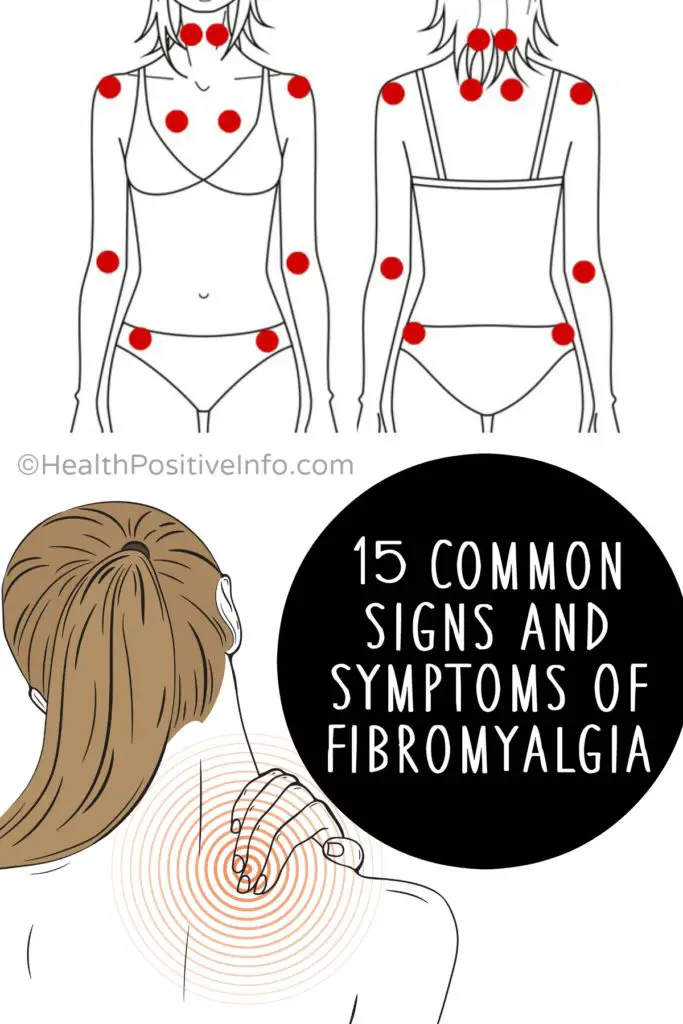Scoliosis is a condition that causes the spine to curve to the side. It can affect any part of the spine, but the most common regions are the chest area (thoracic scoliosis) and the lower section of the back (lumbar scoliosis).
In most cases, the reasons for the change in shape are not known but in other cases, cerebral palsy, muscular dystrophy, and spina bifida are factors in the development of scoliosis.
The majority of children with scoliosis do not require treatment as the curve corrects itself as the child grows. However, based on the degree of curvature and the age of the child, a combination of bracing and physical therapy is often recommended.
A very small number of patients with scoliosis may require surgery. Complications of scoliosis include chronic pain, respiratory deficiencies, and decreased exercise capacity.
Contents of this article:
- Signs and symptoms in children
- Signs and symptoms in babies
- Risk factors
- Causes
- Diagnosis
- Treatments
Fast facts on scoliosis
Here are some key points about scoliosis. More detail and supporting information is in the main article.
Here are some key points about scoliosis. More detail and supporting information is in the main article.
- Often, the causes of scoliosis are not known
- Only a small number of scoliosis patients require surgery
- Symptoms in babies include a bulge on one side of the chest
- Scoliosis affects females more often than males
![[Scoliosis spine]](http://cdn1.medicalnewstoday.com/content/images/articles/190/190940/scoliosis-spine.jpg)
Often, the clothes of patients with scoliosis do not hang properly.
Scoliosis signs and symptoms in children
- The head is slightly off center
- The ribcage is not symmetrical - the ribs may be at different heights
- One hip is more prominent than the other
- Clothes do not hang properly
- One shoulder, or shoulder blade, is higher than the other
- The individual may lean to one side
- Uneven leg lengths
Scoliosis signs and symptoms in babies
- A bulge on one side of the chest
- The baby might consistently lie curved to one side
- In more severe cases, the heart and lungs may not work properly, and the patient may experience shortness of breath and chest pain
Some types of scoliosis can cause back pain but, for the majority of individuals, scoliosis is not overtly painful.
Risk factors for scoliosis
The risk factors for scoliosis include:
- Age - scoliosis signs and symptoms often start during a growth spurt that occurs just before puberty.
- Gender - females have a higher risk.
- Genetics - people with scoliosis are more likely to have close relatives with the same condition than people without scoliosis.
Causes of scoliosis
Below are some of the possible causes of scoliosis:
- Neuromuscular conditions - these affect the nerves and muscles and include cerebral palsy and muscular dystrophy.
- Congenital scoliosis (present at birth) - this is rare and occurs because the bones in the spine developed abnormally when the fetus was growing inside the mother.
- Genes - at least one gene is thought to be involved in scoliosis.
- Leg length - if one leg is longer than the other, the individual may develop scoliosis.
- Other causes - bad posture, carrying backpacks or satchels, and some injuries.
Diagnosis of scoliosis
Most commonly, the doctor will carry out a physical examination of the spine, ribs, hips, and shoulders. The doctor can, with the aid of a tool called an inclinometer (Scoliometer), measure the degree of scoliosis. If necessary, the patient will then be referred to an orthopedic specialist who deals with the skeletal system and associated muscles, joints, and ligaments.
- Imaging scans - the pediatrician or orthopedic surgeon will order an X-ray to evaluate for scoliosis, as well as determining the shape, direction, location, and angle of the curve.
- If there are further symptoms, such as back pain, or if symptoms are severe, an MRI or CT scan may be ordered.
Treatments for scoliosis
The majority of children with scoliosis have mild curves and don't need treatment. In such cases, the doctor will recommend regular follow-ups every 4 to 6 months to monitor the curve of the spine in clinic and periodically with X-rays.
The following factors will be considered by the doctor when deciding on treatment:
- Gender - females are more likely than males to have scoliosis that gradually gets worse.
- Severity of the curve - the larger the curve, the greater the risk of it worsening over time. S-shaped curves, also called "double curves," tend to get worse over time. C-shaped curves are less likely to worsen.
- Curve position - if a curve is located in the center part of the spine, it is more likely to get worse compared with curves in the lower or upper section.
- Bone maturity - the risk of the curve worsening is much lower if the patient's bones have stopped growing. Braces are more effective while bones are still growing.
Casting
Casting instead of bracing is sometimes used for infantile scoliosis to help the infant's spine to go back to its normal position as it grows. This can be done with a cast made of plaster of Paris.
The cast is attached to the outside of the patient's body and will be worn at all times. Because the infant is growing rapidly, the cast is changed regularly.
Braces
If the patient has moderate scoliosis and the bones are still growing, the doctor may recommend a brace. This will prevent further curvature, but will not cure or reverse it. Braces are usually worn all the time, even at night. The more hours per day the patient wears the brace, the more effective it tends to be.
The brace does not normally restrict what the child can do. If the child wishes to take part in physical activity, the braces can be taken off (check with the doctor).
When the bones stop growing, braces are no longer used. There are two types of braces:
- Thoracolumbosacral orthosis (TLSO) - the TLSO is made of plastic and designed to fit neatly around the body's curves. It is not usually visible under clothing.
- Milwaukee brace - this is a full-torso brace and has a neck ring with rests for the chin and the back of the head. This type of brace is only used when the TLSO is not possible or not effective.
One study found that when bracing is used on 10- to 15-year-olds with idiopathic scoliosis, it reduces the risk of the condition getting worse or needing surgery.
Surgery (spinal fusion)
In severe cases, scoliosis can progress over time. In these cases, the physician may recommend spinal fusion. This surgery reduces the curve of the spine and stops it from getting worse.
Two or more vertebrae (spine bones) are connected with new bone grafts. Sometimes, metal rods, hooks, screws, or wires are used to hold a part of the spine straight while the bone heals.
The operation lasts from 4 to 8 hours. After surgery, the child is transferred to an ICU (intensive care unit) where they will be given intravenous fluid and pain relief. In most cases, the child will leave the ICU within 24 hours, but may have to remain in hospital for a week to 10 days.
Children can usually go back to school after 4 to 6 weeks, and can take part in sports roughly 1 year after surgery. In some cases, a back brace is needed to support the spine for about 6 months.
The patient will need to return to the hospital every 6 months to have the rods lengthened - this is usually an outpatient procedure, so the patient does not spend the night. The rods will be surgically removed when the spine has grown.
Risks - the doctor will only recommend spinal fusion if the benefits are thought to outweigh the risks. The risks include:
- Rod displacement - a rod may move from its correct position. This happens in about 1 in every 20 cases of spinal fusion. Although not uncomfortable, the patient may need further surgery.
- Pseudarthrosis - one of the bones used to fuse the spine into place does not stick properly. This occurs in 1-5 percent of cases. Some patients may experience mild discomfort, and the spine will not be corrected as successfully. Further surgery may be needed.
- Infection - approximately 1- 2 percent of spinal fusion patients develop an infection after the operation. This is usually treated with medication (antibiotics).
- Nerve damage - occurs in about 1 or 2 surgeries per 1,000. Damage occurs to the nerves of the spine. Results can range from mild, with just numbness in one or both legs, to paraplegia (loss of all lower bodily functions). A neurosurgeon may be present for scoliosis surgery.














 1. Chronic Muscle and Joint Pain
1. Chronic Muscle and Joint Pain